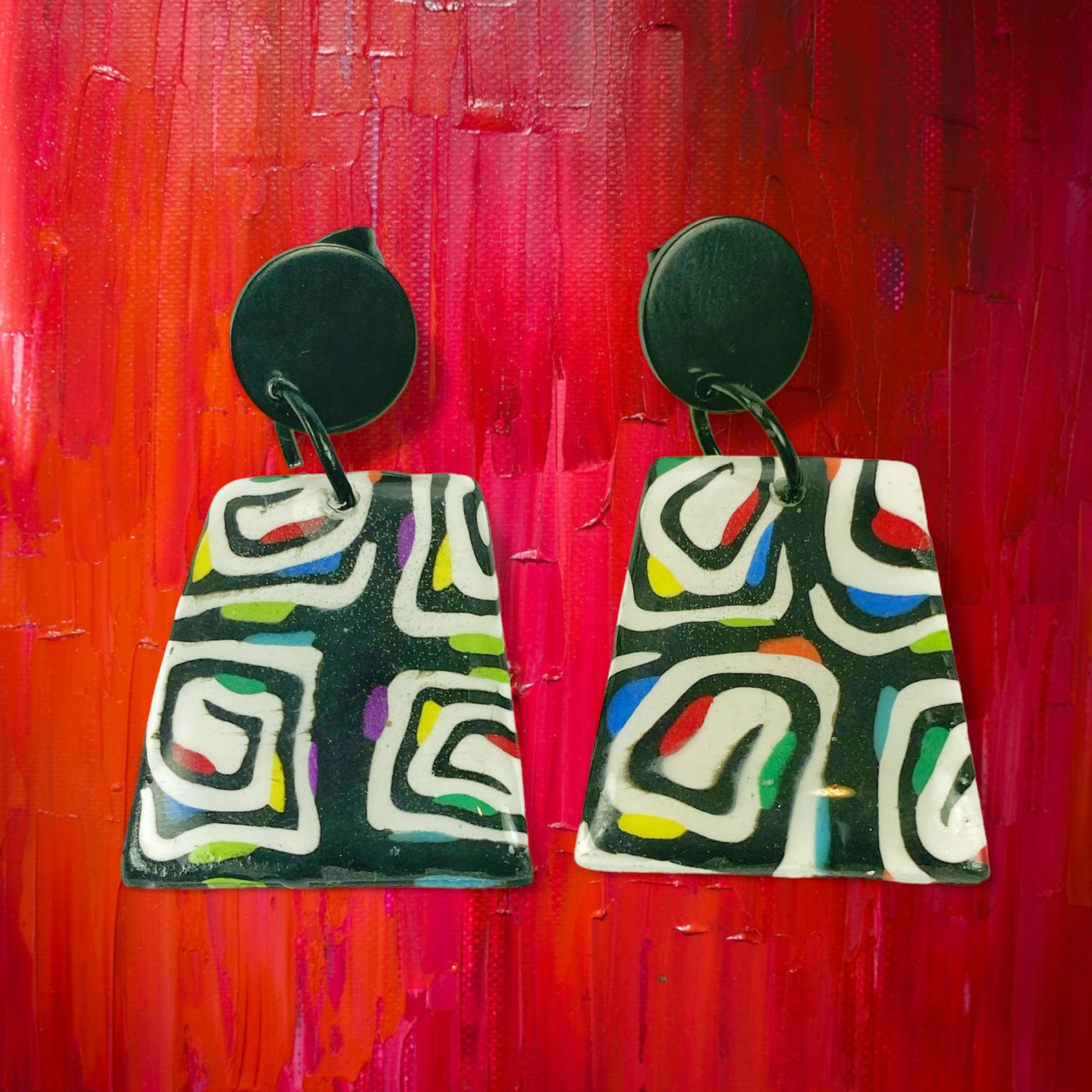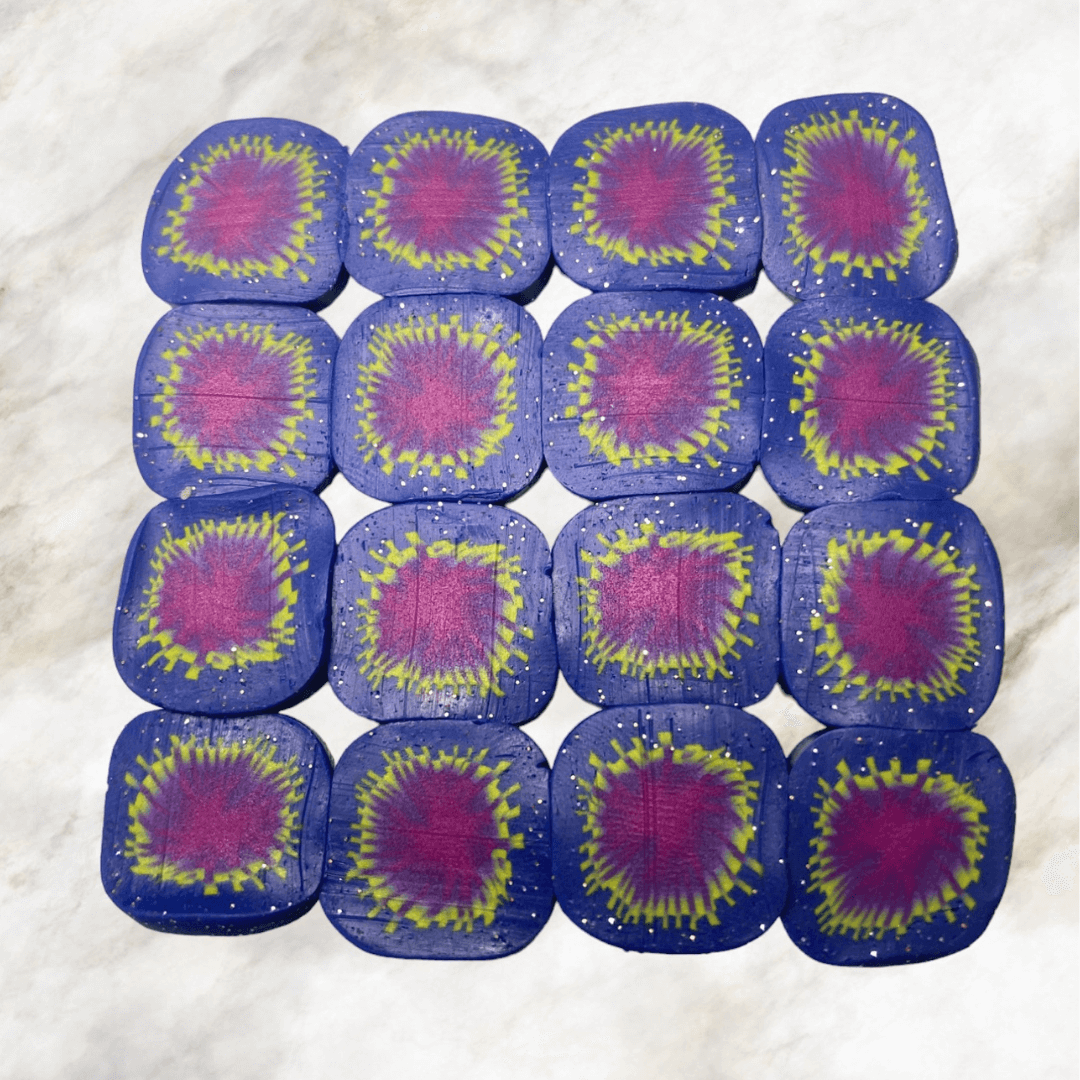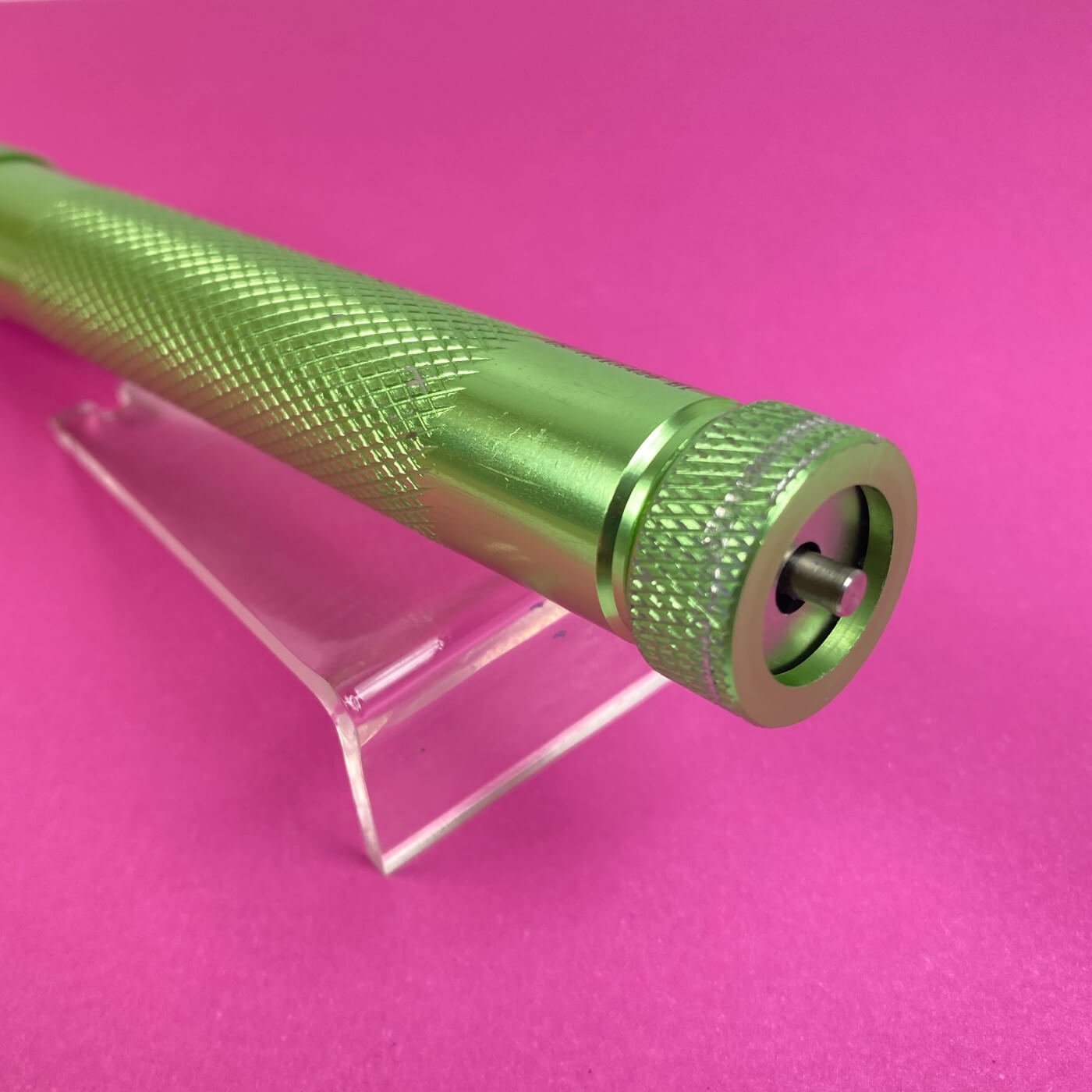Hey, creative pals, how do you sort out what clay to use for your jewelry? There is so much squishy goodness out there, so many choices: Which one is right for you? pottery (earth), modeling, air-dry, and the rockstar of the bunch, polymer. Let's chat about each one like we're sharing a cozy cup of coffee!
First up, we’ve got Earth clay, straight from the ground. Imagine finding some in your own backyard! The Professor says it’s a particular type of soil that develops over time from feldspar.
Perfect for pottery enthusiasts, you can shape it on a pottery wheel or mold it into any shape with your bare hands. But here’s the deal: to make it sturdy and waterproof, it needs a kiln stay at around 2000°F – that's far hotter than your oven or microwave can handle! A beginner's kiln might cost you around a grand, but the jewelry you can make? Absolutely stunning!

This one can be used for jewelry. These ceramic pieces can be absolutely gorgeous! After firing, these pieces are quite durable but can chip or, if dropped, break.
Modeling clay, on the other hand, is the friend who never grows up. It stays soft and squishy forever, making it perfect for animation artists or kiddos who want to sculpt and reshape. But, truth be told, it's not the best fit for jewelry – too cold and squishy!
Moving on to air-dry clay – it's the chill buddy of this world. No need for kilns or baking; just let it air-dry and seal the deal with some varnish. (Be sure to put the rest of it back in an air-tight container!)
However, it can be a bit delicate, so handle with care. Jewelry artists do create cool pieces but beware of chips and cracks if you're not gentle.
Now, drumroll, please! Enter polymer, the superhero of jewelry crafting! Made from polyvinyl chloride (yes, the stuff of plastic pipes), it requires a more modest 300°F to toughen up. No need for fancy kilns; your home oven or a dedicated toaster oven works just fine (for a cool 50 bucks or less).
Yup, it’s safe to bake at home in your regular kitchen oven (no noxious, unpleasant, or dangerous fumes!!). Sure, it's a bit picky about temperature, but a cheap oven thermometer will be your best friend.
Once baked, your polymer clay creation is like a warrior – sturdy, waterproof, and ready for action. No sealing required! A bit of sanding gives it a smooth touch. You can leave it a bit matte, or buff it to a high shine. If you're feeling fancy, a glossy finish with varnish or acrylic resin will make it shine like a star.
So, Aunt Karen says, when it comes to making jewelry, skip the modeling clay shenanigans. Don’t lay out big bucks for a kiln or settle for less durability. Go straight for the glory of polymer clay – it's affordable, low-maintenance, and downright gorgeous. Your creativity deserves the best, after all! Happy crafting, you talented bunch!




